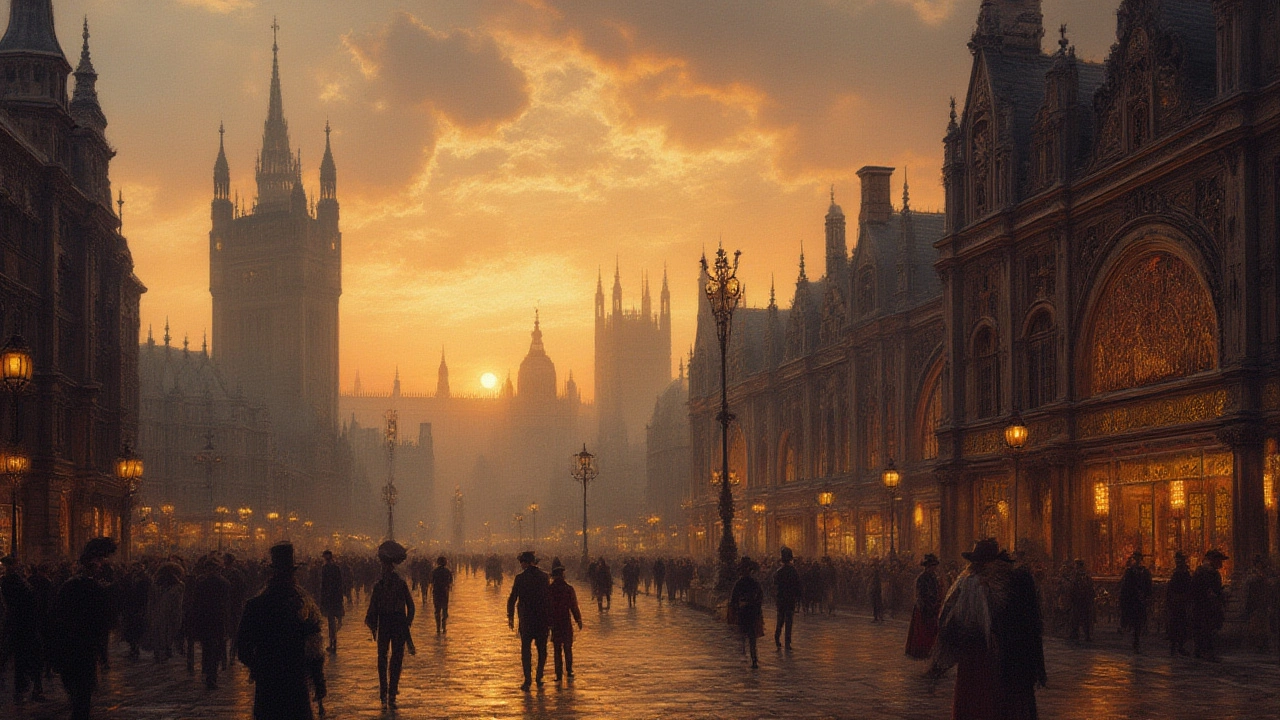Gothic arches: what they are and why they changed buildings
Gothic arches are the pointed arches you see in many medieval cathedrals. They look elegant, but they also solved real structural problems: the point directs weight down into columns so walls can be taller and hold bigger windows. That change let builders fill sacred spaces with light and stained glass—one of the most visible shifts from earlier styles.
If you’ve walked into a Gothic church and felt small, that’s partly the arch’s job. The shape guides your eye upward and lets roofs span wider without thick, heavy walls. You don’t need to be an architect to notice the difference: pointed shapes, tall openings, and thin-looking supports are good signals.
How Gothic arches actually work
At first glance the point seems decorative, but it changes the way forces move through the building. A round arch pushes outward at its base; a pointed arch channels more force down. That means less sideways push against the walls. Builders paired pointed arches with ribbed vaults and flying buttresses to lift weight away from the central space. Think of the ribs as a cheap skeleton: they carry load along clear paths so the infill between ribs can be thinner.
Materials matter too. Stone and mortar handle compression well, so Gothic systems rely on compressive paths. Where you see intersecting ribs in a ceiling, you’re looking at a design that spreads load efficiently to columns and then to the ground. That efficiency was a big step forward in medieval engineering.
Types, places to spot them, and quick ID tips
Not all Gothic arches look the same. Common types include the simple pointed or lancet arch (tall and narrow), equilateral arches (based on equal sides of a triangle), and ogee arches that curve in and out for a decorative profile. You'll also find multifoil arches with repeated lobes in some regions.
Want to spot Gothic arches on a walk? Look for tall, narrow openings with a clear point at the top, ribbed vaults inside, and flying buttresses outside. Big stained-glass windows—rose windows or tall lancet groups—are another clue. Famous examples include Notre-Dame in Paris, Chartres Cathedral, and many English medieval parish churches. Gothic Revival buildings from the 19th century copy these elements, so you’ll find them in later town halls, universities, and even homes.
Practical tip: when photographing Gothic arches, shoot from a low angle and include a column or buttress to show scale. On a preservation note, many arches survive because they concentrate forces well, but weather, pollution, and careless repairs can weaken the mortar and stone joints. If you care about heritage, supporting careful conservation helps these structures last for the next generation to admire.
Gothic arches blend beauty and engineering. Once you know what to look for, you’ll start spotting them in old cathedrals, Victorian revivals, and unexpected corners of modern cities.

Gothic Revival Architecture: Exploring History, Features and Timeless Appeal
Discover Gothic Revival architecture: its roots, key features, striking examples, and tips for spotting this dramatic style everywhere you go.
Read more
Gothic Revival Architecture: Imagination and Innovation in Every Spire
Explore the fascinating world of Gothic Revival architecture, from its stunning arches and gargoyles to how it defines creativity in design. Discover facts, tips, and its timeless charm.
Read more